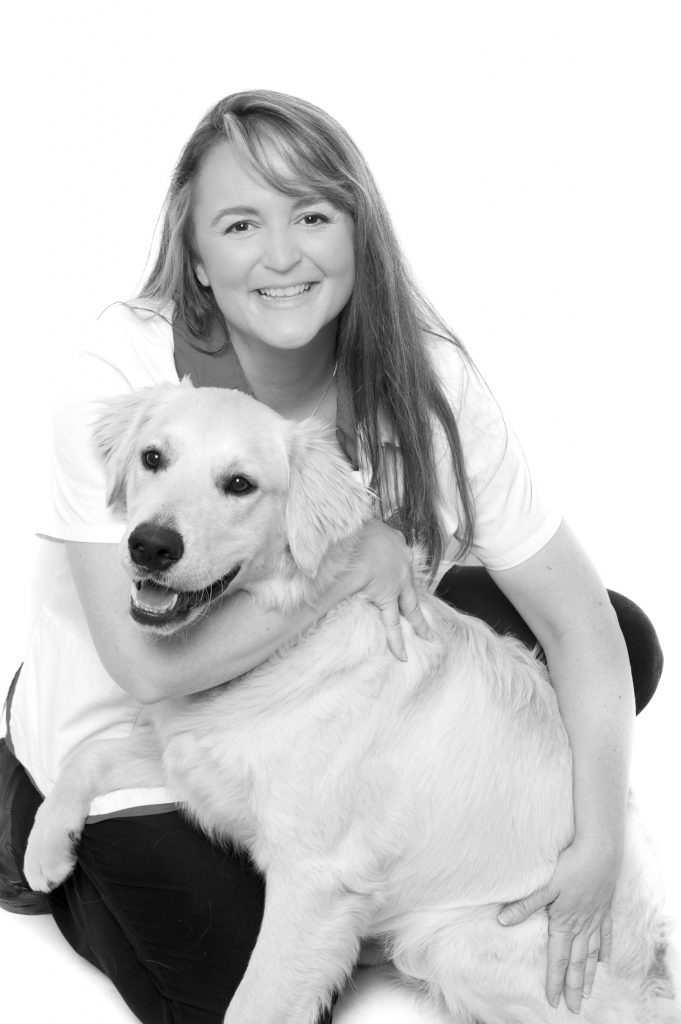
I have this theory and I have tested it extensively. Simply put, there is a limit to how many questions I can answer in a day. Personally, I am able to answer 76.5 questions, before I go into answer exhaustion.
I’m kidding about knowing how many answers I have in a day, but for certain, there is a limit.
Each day, it’s my hope and prayer not to reach my quota in the final hour of the workday or just as I arrive home.
Running out of answers too early isn’t fair to my team, my family or myself.
For example, if I run out of answers and the receptionist comes to me with,
“Doctor, Mr. Jones has a question about his dog licking his neuter incision.”
I can hear you answering in your head…
’Tell him to come in for a cone, ’ or ‘see if one of the technicians is free to guide him through this crisis.’
… but you are wrong, as remember, I’m already in answer exhaustion.
So, my brain clicks into defensive-anger, and I spurt out,
“I told Mr. Jones to take the head cone and he said ‘no, my dog hates the cone’.
Well, sure they suck, but so does a scrotal infection!
Why can’t people just listen?” as I stomp to the phone, put on a fake voice and take the call.
Not only am I not being genuine, but I’m modeling the kind of behavior we’ve been team building for months to avoid in our practice.
Excuse me while I bash my head on the table.
Furthermore, as much as you don’t want to run out of answers at work, you especially don’t want to run out at home.
Child: “Mom, what’s for dinner?”
Me: “I don’t know.”
Child: “How about smarties… on pancakes… with pop?”
Me (in a state of answer exhaustion): “Sounds good, honey.”
In order to avoid further disaster, here are some tips from the trenches.
1. Take breaks
To learn how I might stretch out my answer quota for the day, I called a good friend and mindfulness/yoga guru; Dr. Gwen June, Past President of the Ontario Veterinary Medical Association and practicing veterinarian in Windsor, Ontario.
Gwen offered this advice,
“When it’s busy and getting overwhelming, I pay attention to my breathing and take a full breath to help me get grounded for the next patient/client.”
So, let’s remember the basics everyone;
– breathe
– go pee (yes, you are allowed to use the bathroom during the day)
– drink a glass of water
– take another breath
2. Learn your limits
When you’ve spent your answer quota for the day, think about it, and try to remember how it felt just before you hit your threshold. In this way, you can do your best to avoid hitting the wall again.
Then it’s time to employ a simple, yet powerful statement.
“I don’t think I have anything left. Can someone else possibly help you?”
Give yourself a break. It is PERFECTLY OKAY not to be everything to everyone in every moment.
3. Tag
Did you ever consider that maybe you don’t need to have all the answers?
Dalia Gough, practice owner and amazing veterinarian at the Grimsby Animal Hospital, suggests leaning on the answers already at your fingertips.
“I’m big on resources like Life Learn Client Education articles and VIN articles. These help me in case I forget something. Also, they help to personalize the discussion and gives the client more to engage in at home.”
4. Practice curiosity
No matter what, sometimes there are questions destined to push you over the threshold.
Regardless of the nature, before you lose your crackers, Teressa Jonescu a coach with Veterinary Purchasing offers the following advice.
“Practice ‘curiosity before judgment’. It’s very helpful when you are faced with an amygdala hijack. It’s probably the best coaching I have ever been given personally or professionally AND it works. As I feel the well running dry, if I can take a step back and start asking myself some questions or even better start asking the person who is draining my energy some good questions, the water miraculously starts to flow again.’
In conclusion, as you become a master of awareness and are effectively managing your answer quota for the day, remember your team.
One of the best ways to restock your answer quota is to do something kind for another.
If you see your work buddy is close to running out of answers, offer to take that phone call for them. After all, we’re in this together.
The views and opinions expressed in this article are those of the author and do not necessarily reflect the position of the DrAndyRoark.com editorial team.

ABOUT THE AUTHOR
Donna Curtin practices veterinary medicine in Bruce County, Ontario, close to her family’s poultry and cash crop farm, where she lives with her husband, two children, three cats and two destructive dogs. In Dr. Curtin’s writing, animals play important characters, just as often as people.